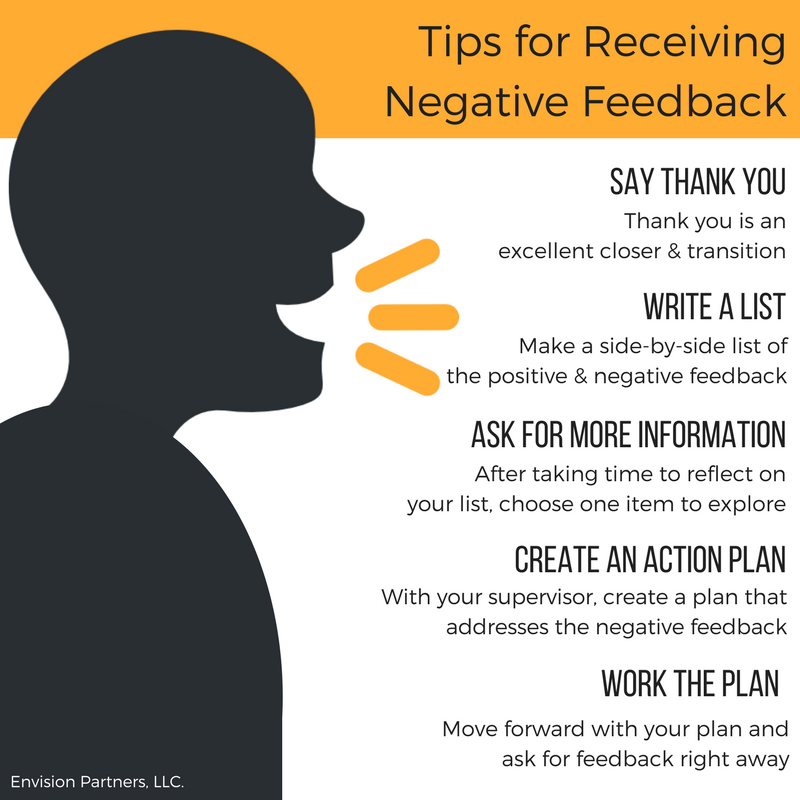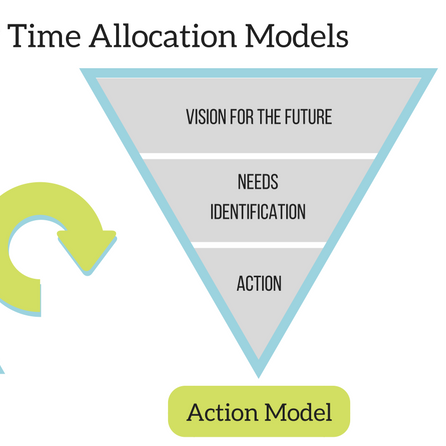Activity is Not the Same as Action
The words “activity” and “action” are often used interchangeably. However, when it comes to workplace productivity and meeting our personal and professional goals, they should not be confused. Examine the definitions of these words.
ac-tiv-ity: 1. The quality or state of being active. 2. Energetic movement. 3. Natural or normal function. 4. A pursuit in which a person is active. 5. A state of motion. Synonyms: exercise, motion, functioning, operating, busy.
ac-tion: 1. The bringing about of an alteration. 2. A manner or method of performing an act of will. 3. Behavior producing a result or outcome. 4. A physical change, as in position, mass, or energy. 5. A manifestation of intention. Synonyms: achievement, deed, performance.
Activity does not imply anything about results or outcomes. Activity is merely a “state of motion” and being “busy”. Action, in contrast, is a “behavior producing a result or outcome”. An action is an “intentional” behavior to bring about a specific “performance”.
Do we spend more time on activity or on action?
There are times when I always seem to be sorting papers, filing forms, making phone calls or answering email. These periods cause frustration, because even though I am busy, in the end, I don’t feel any more productive—that is, no closer to meeting my performance goals.
Examine the following models to see which better fits your time allocation.
In the activity model, we invest little time imagining or inventing the future or focusing on the intended results. Our attention, rather, is placed on identifying their immediate problems. We invest by far the greatest amount of time working on solutions to the immediate (and usually easier to solve) problems or needs. This results in a future driven by activity or re-activity and moves us no closer to our goals.
In the action model, our attention is placed upon a vision for future outcomes, which in turn determines our needs, and results in actions that must be taken to move us closer to our goals. Further, within the action model, we may apply the Pareto Principle, which states that 80% of productivity comes from 20% of your actions. Making good action choices can move us much closer to our much quicker.
These thoughts are not limited to the workplace. Consider how you spend your time at home. Are you meeting your personal goals with your lifestyle and family, or are you just busy?











